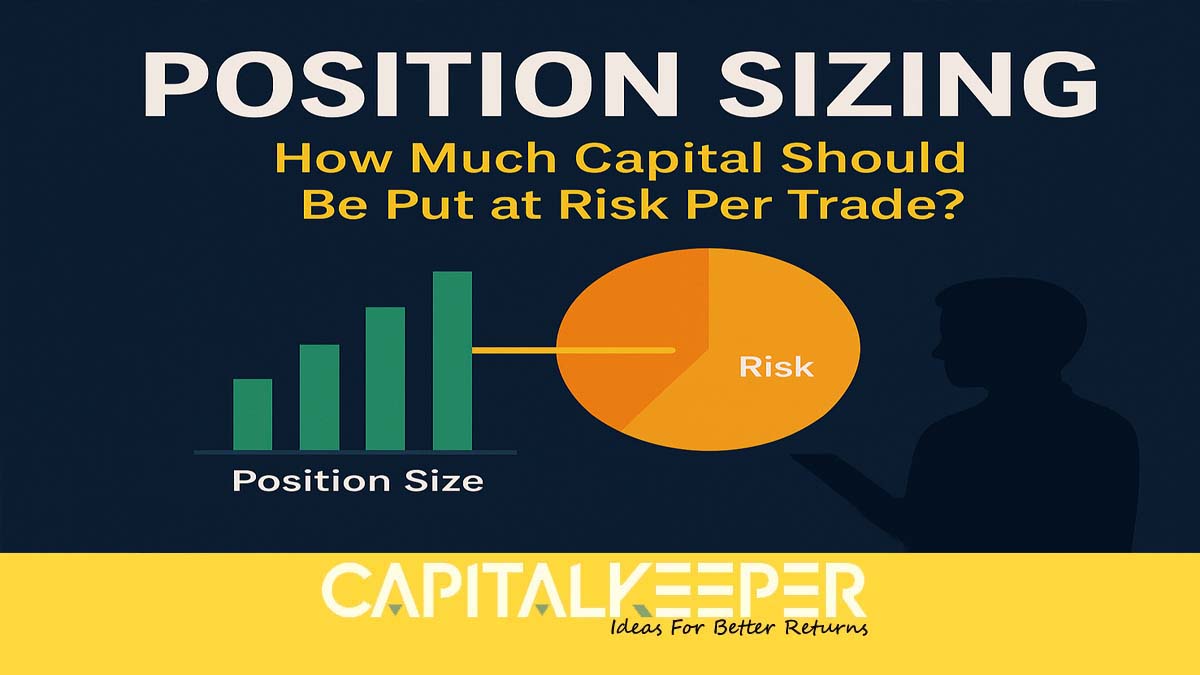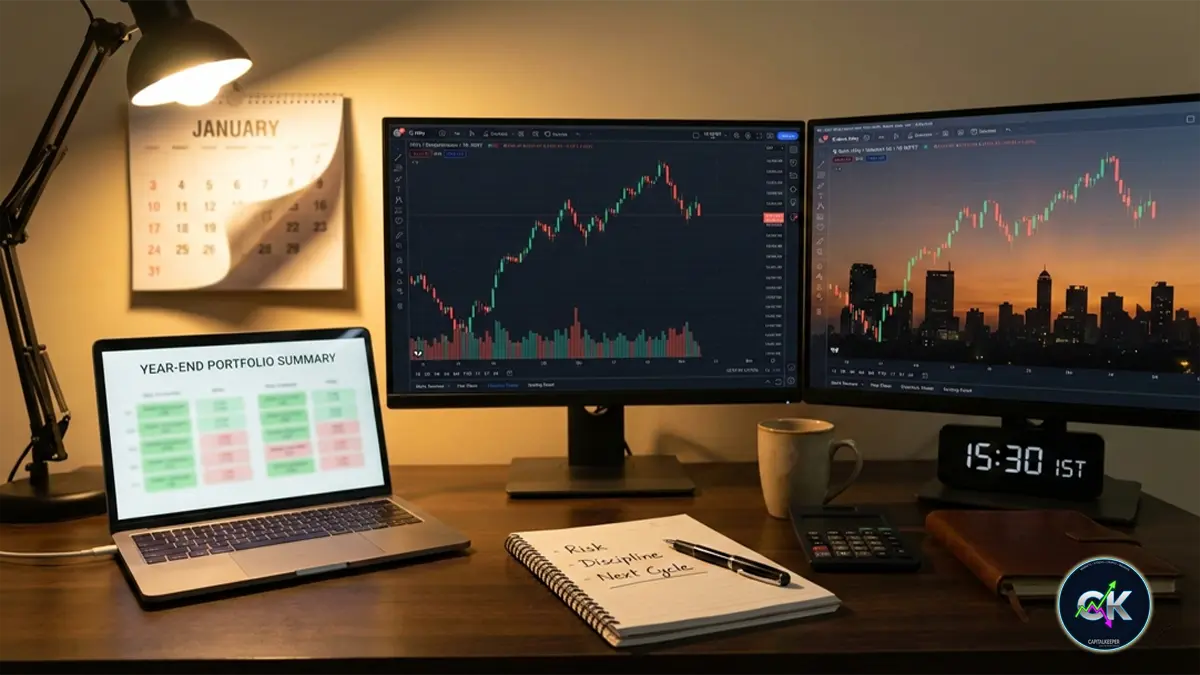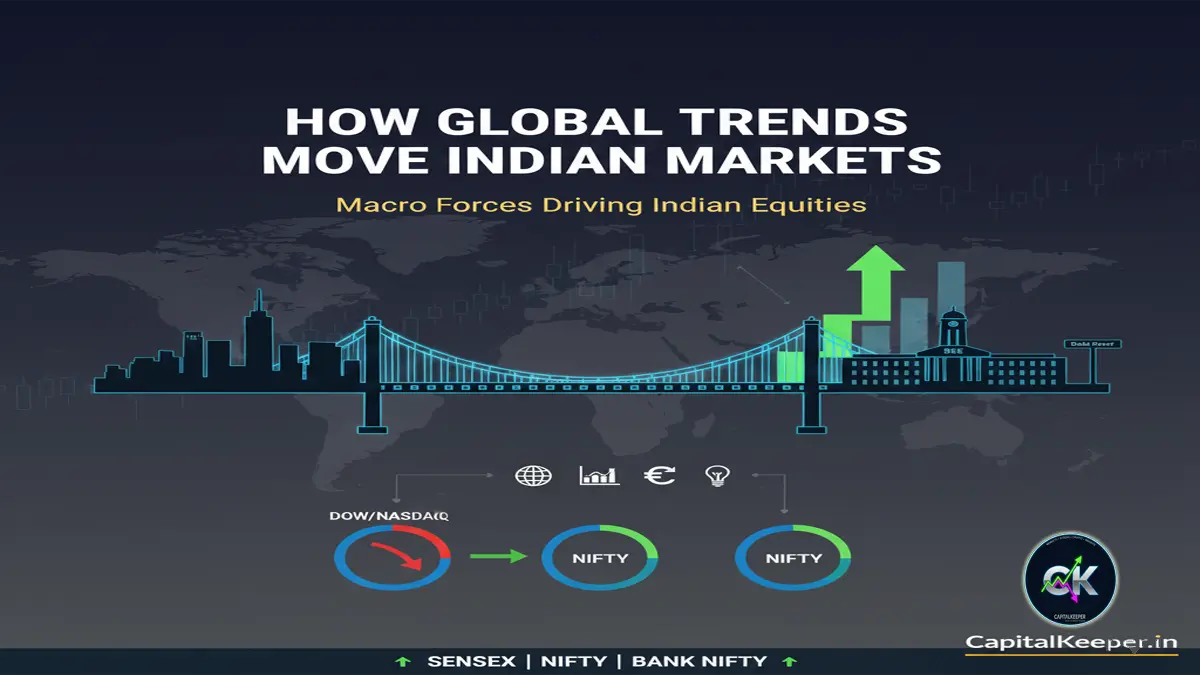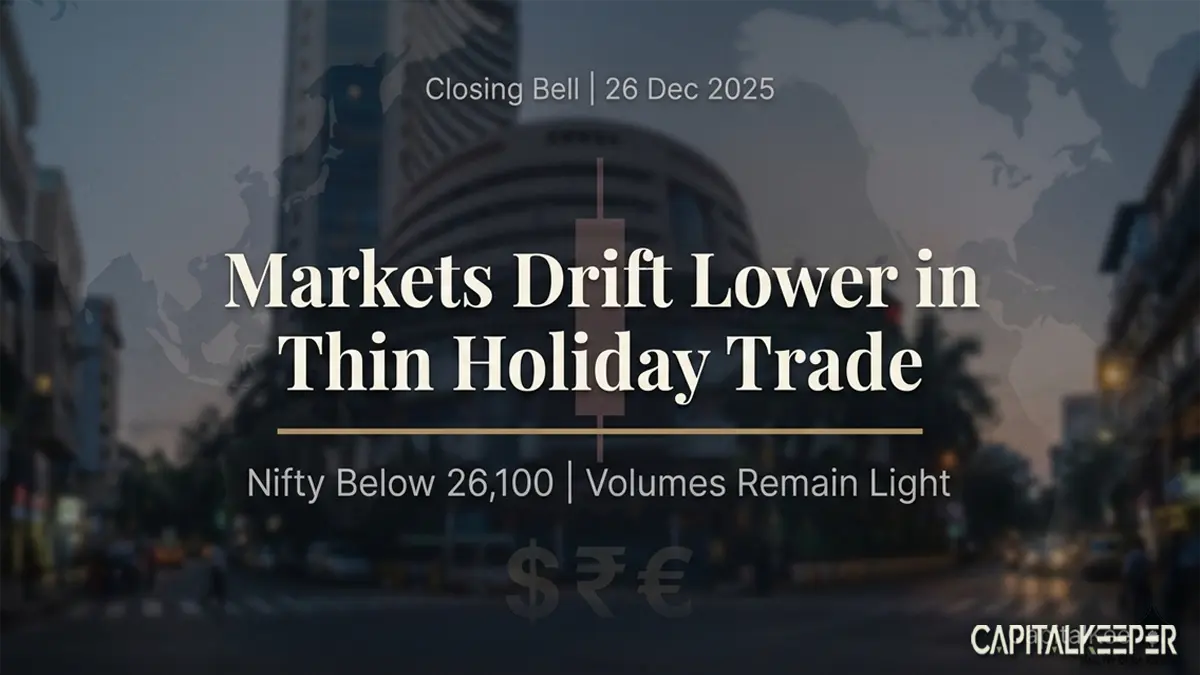Position Sizing in Trading: How Much Capital to Risk per Trade for Maximum Safety and Growth
By CapitalKeeper | Beginner’s Guide | Indian Sock Market | Market Moves That Matter I 28th June 2025
One of the most common reasons traders blow up their capital isn’t bad trade ideas — it’s bad position sizing. Even a winning strategy can fail if your trade sizes are too big (or too small) for your capital, risk appetite, and market conditions.
This blog breaks down the science and psychology of position sizing, and gives you real-world formulas and examples for managing risk like a professional.
📌 What Is Position Sizing?
Position sizing is the method of determining how many units (lots/shares/contracts) of a financial instrument you should buy or sell in a trade, based on:
- Your total capital
- Your risk tolerance
- The trade setup’s stop-loss level
✅ It’s not about how confident you are in a trade — it’s about controlling risk consistently.
📉 Why Position Sizing Matters in Trading
| Benefit | Explanation |
|---|---|
| Protects capital | Avoids large drawdowns after a losing trade |
| Reduces emotion | Size-based discipline prevents panic |
| Enhances longevity | Small, consistent risks = long-term survival |
| Builds compounding | Small losses don’t kill growth potential |
📐 How to Calculate Position Size: The Core Formula
🧮 Step-by-step:
\text{Risk Per Trade} = \text{Account Capital} \times \text{Risk %} Position Size=Risk Per TradeStop Loss (₹ per share)\text{Position Size} = \frac{\text{Risk Per Trade}}{\text{Stop Loss (₹ per share)}}Position Size=Stop Loss (₹ per share)Risk Per Trade
📊 Real Example: Indian Stock Market
Capital: ₹1,00,000
Risk per trade: 1% = ₹1,000
Stock: Infosys
Entry Price: ₹1,460
Stop Loss: ₹1,440 (₹20 risk per share) Position Size=100020=50 shares\text{Position Size} = \frac{1000}{20} = 50 \text{ shares}Position Size=201000=50 shares
✅ You should only buy 50 shares of Infosys, risking ₹1,000 if the trade fails.
🎯 Choosing the Right Risk Percentage
| Risk % | Suitable For | Impact |
|---|---|---|
| 0.5% | Conservative/Long-term traders | Safer, more trades possible |
| 1% | Balanced traders | Common sweet spot |
| 2% | Aggressive traders | More reward, higher drawdown risk |
| >2% | High-risk scalpers only | May lead to fast losses |
🛑 NEVER risk more than 2% of capital on a single trade unless fully system-tested.
📈 Position Sizing in Futures & Options (F&O)
In derivatives, you size by lot value and margin. Use the same risk-based logic:
Bank Nifty Option Buy Example:
- Total capital: ₹2,00,000
- Risk per trade: 1.5% = ₹3,000
- Option premium: ₹210
- Stop-loss: ₹180 (₹30 risk per lot)
- Lot size: 15
Lots to Buy=300030×15=3000450=6.6 (round to 6 lots)\text{Lots to Buy} = \frac{3000}{30 \times 15} = \frac{3000}{450} = 6.6 \text{ (round to 6 lots)}Lots to Buy=30×153000=4503000=6.6 (round to 6 lots)
🔁 Advanced Tip: Volatility-Based Sizing (ATR Method)
You can also size positions based on market volatility using the ATR (Average True Range) indicator. Volatility Adjusted Position=Risk Amount1.5 × ATR\text{Volatility Adjusted Position} = \frac{\text{Risk Amount}}{\text{1.5 × ATR}}Volatility Adjusted Position=1.5 × ATRRisk Amount
Works well for swing and positional trades in trending markets like Crude Oil or Bank Nifty.
📉 Mistakes to Avoid in Position Sizing
| Mistake | Why It’s Dangerous |
|---|---|
| All-in trades | Overexposes your capital |
| Same size for every trade | Ignores trade-specific risk |
| Ignoring volatility | Can lead to stop-out in choppy conditions |
| No risk % set | Leads to random, emotional sizing |
🔐 Pro Risk Management Rulebook
- Risk per trade: 1–1.5% of capital
- Total open risk at any time: <5% of capital
- Increase position size only after consistent profits
- Use trailing stops to reduce open risk
📌 Conclusion: Trade Like a Business, Not a Casino
Position sizing is what separates amateurs from disciplined traders. It helps you:
- Survive bad trades
- Build capital over time
- Scale up safely with confidence
🎯 Remember, you can’t control market direction, but you can control how much you lose.
📌 For more real-time updates, trade setups, and investment insights — follow us on [Telegram] and subscribe to our newsletter!

📌 Disclaimer
The content provided on CapitalKeeper.in is for informational and educational purposes only and does not constitute investment, trading, or financial advice. While we strive to present accurate and up-to-date market data and analysis, we make no warranties or representations regarding the completeness, reliability, or accuracy of the information.
Stock market investments are subject to market risks, and readers/investors are advised to conduct their own due diligence or consult a SEBI-registered financial advisor before making any investment decisions. CapitalKeeper and its authors are not liable for any loss or damage, direct or indirect, arising from the use of this information.
All views and opinions expressed are personal and do not reflect the official policy or position of any agency or organization. Past performance is not indicative of future results.
By using this website, you agree to the terms of this disclaimer.
CapitalKeeper | Turning Market Noise into Marke















Leave a Reply